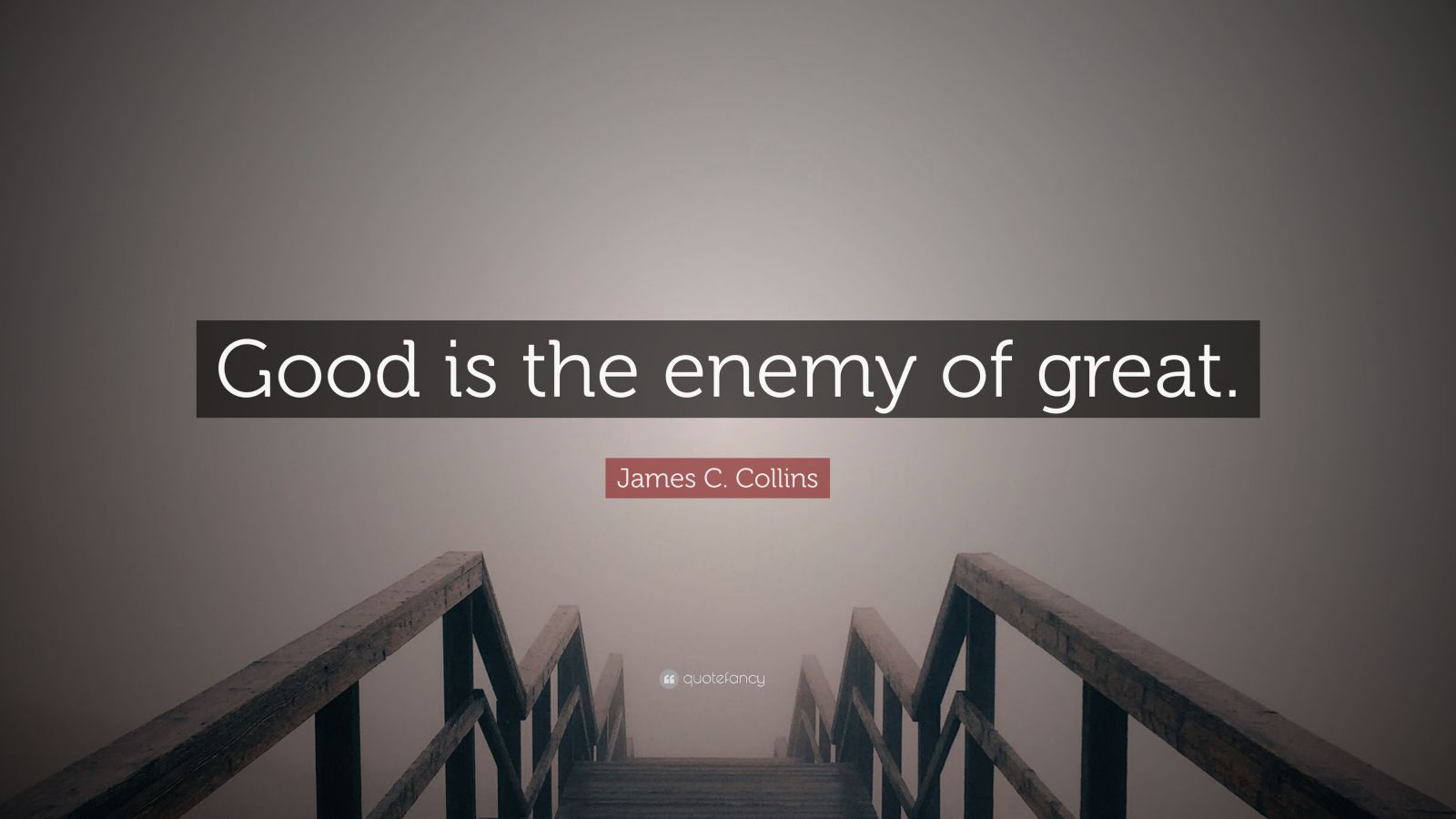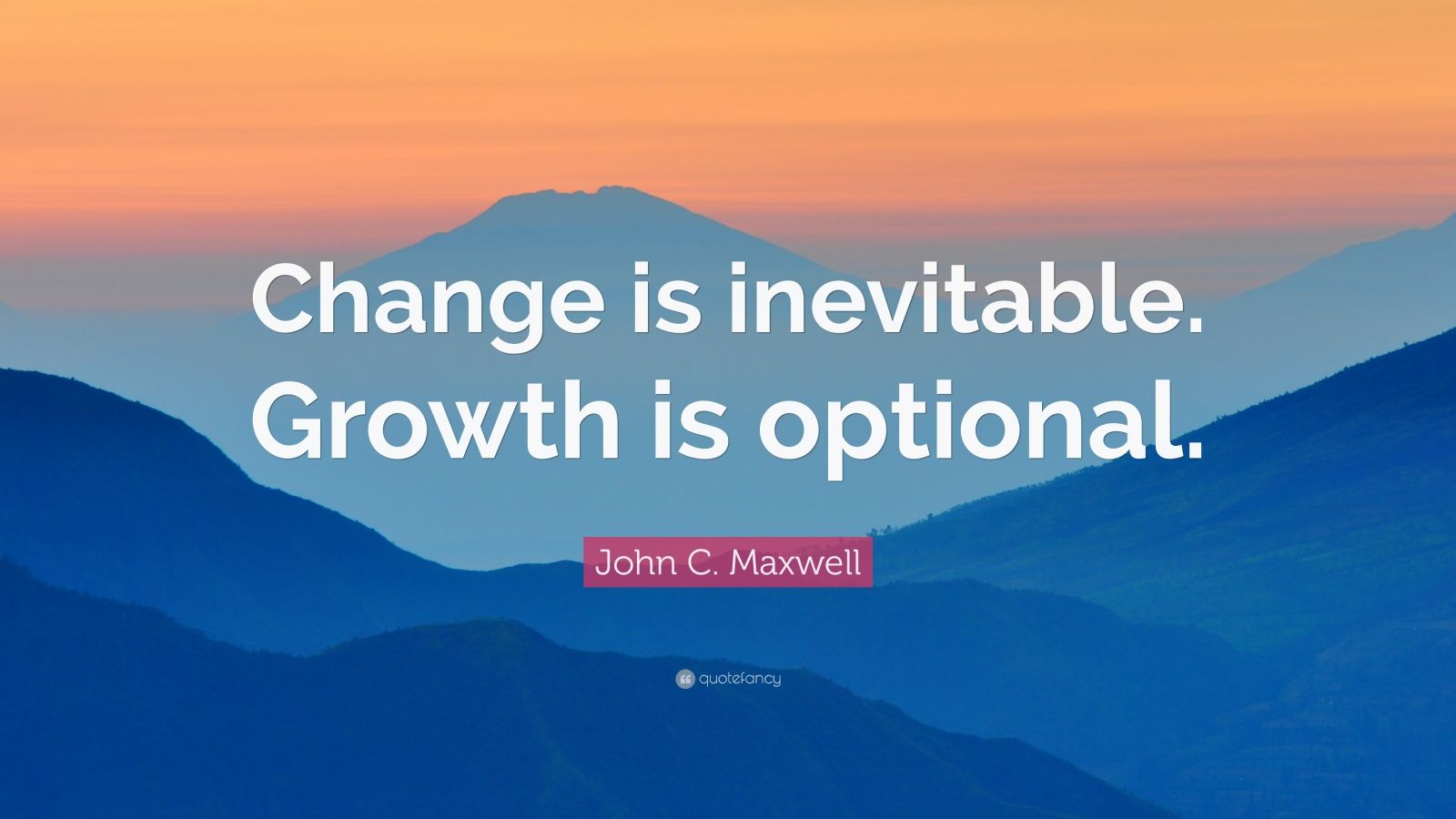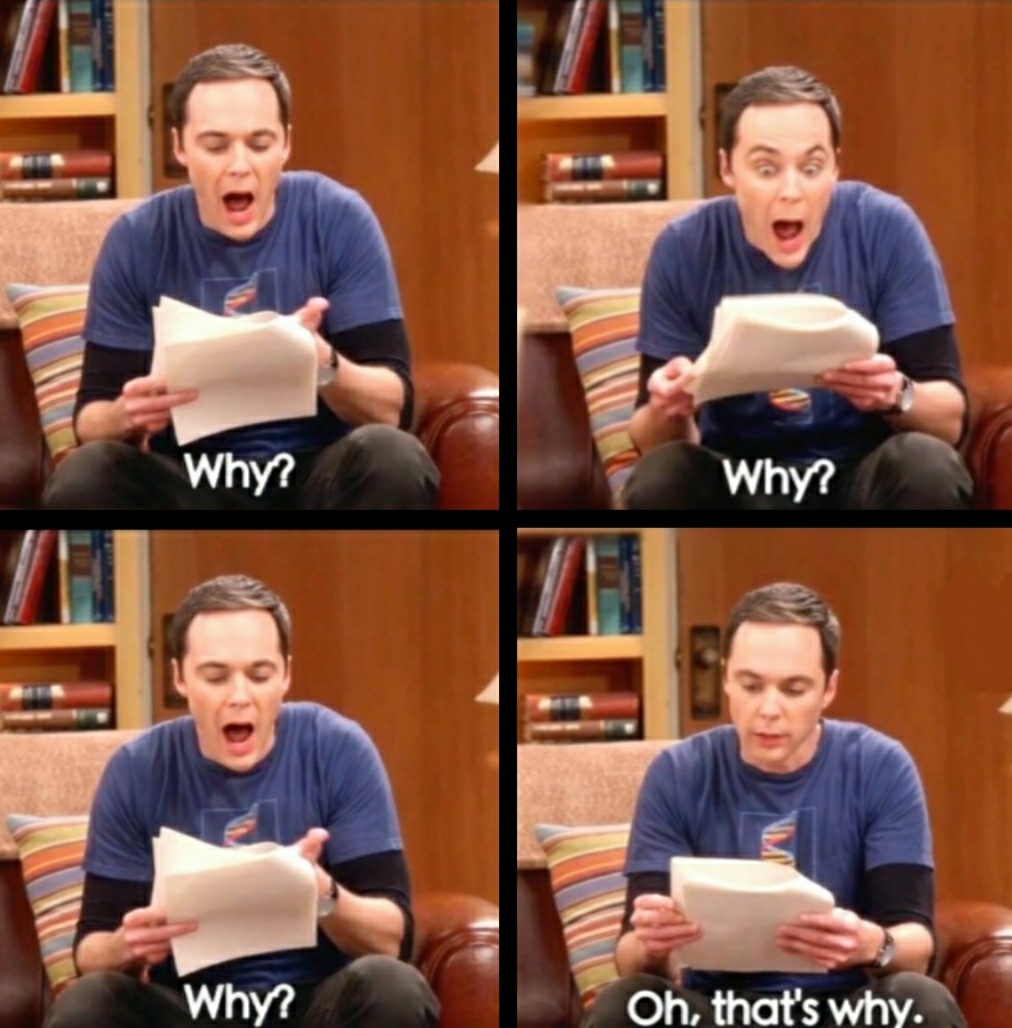Roasted
May 01, 2024
Have you ever heard the story about the young woman who hosted a dinner party and served a lovely pot roast dinner with a recipe that had been passed down for generations in her family.
The meal was so delicious that one of the guests asked her for the recipe. She gladly shared it, but her friend looked puzzled when Step #1 indicated she needed to cut the ends from both sides of the roast and discard them. Puzzled, she asked why that would need to be done. The hostess didn’t actually know why, that was just how her mom had always done it. She didn’t ask questions; she just followed the directions and it always turned out great!

But after her friend left, she began to wonder what the real reason was to discard the ends of a perfectly good roast. So, she called her mom and asked her. To her surprise, her mom didn’t know the reason either, it was just how *her mom* had always done it.
So, the hostess hangs up and calls her grandma to ask the same question. “Grandma, why do you always cut off the ends of the pot roast and discard them before seasoning it and cooking it to delicious perfection just like the recipe you passed down to my mom?”
Grandma had to think for a bit, but then recalled that she had always done that because back-in-the-day she didn’t have a pan big enough to cook a roast, so she had to cut the ends off to make it fit in the only pan she had. Two generations and pounds of wasted pot roast later, and she's just learned that they were doing this because they’d always done it that way.

I love that story. I mostly love it because the result—a recipe-worthy pot roast—was delicious. She never had a complaint, only rave reviews. Since the conclusion was a success for so many years, there wasn’t any reason to question it...until a guest finally asked the $64,000 question.
You, my friend, are doing some things in your nonprofit marketing and fundraising work in the same vein. It’s been done ‘one way’ for a long time and you’re even seeing mildly good results. Why question something that’s working? Well, Jim Collins who wrote Good to Great will tell you why…good is the enemy of great!

Change is hard…for everyone. John Maxwell, leadership guru, used to think that change was hard only for those following along with the change. But after much research on leadership, he discovered that even leaders hate change if it wasn’t their idea! <<mind blown>> So, while it might be *slightly* easier to change something when it’s not working perfectly or downright failing, it’s even harder to change something that is working—even if ‘working’ in this sense lives in the land of mediocrity.
However, as in the case of the pot roast, their culinary success was a gross waste of expensive beef…for years. I don’t know about you, but as I build relationships with donors and encourage them to invest in our mission, I want them to know that every dollar they donate will be stewarded well. We’ll invest it in growth and will invest it in people. We’ll take diligent care of the generous funds they gave us out of their discretionary income, and we won't be wasteful.

If you feel the same way, you might need to start asking the Five Whys. When you have a dilemma that you’re trying to solve, asking yourself why you have that problem will often get you a superficial solution. But if you want to get to the real root cause, you may need to keep asking why like you’re a threenager on a mission!
Let me give you an example:
|
Why #1: |
Why do we list our donor names each year in our Annual Report? |
|
Answer #1: |
The first Annual Report 40 years ago listed our donors. |
|
Why #2: |
Why do you think donors were listed in the Annual Report 40 years ago? |
|
Answer #2: |
As a new nonprofit, that fact that we had donors was the biggest story we had to tell. |
|
Why #3: |
Why do you think that your list of donors is still the biggest story to tell? |
|
Answer #3: |
It’s really our biggest story to tell any longer. |
|
Why #4: |
Why aren’t you using the valuable page ‘real estate’ in your Annual Report to tell your biggest stories of impact now? |
|
Answer #4: |
We’re limited on the number of impact stories we can tell because our donor list takes up 4 pages of our Report. |
|
Why #5: |
Why would you forego sharing stories of impact in your Annual Report simply to run 4 pages of names? |
|
Answer #5: |
We’ve never questioned this before, but it may be time to change. |
I give you this example because many nonprofit organizations still do this and don’t really know why. Oh, I've heard all the narratives as to why people still do this, but few have been 5-Why'd. Some say it’s because they’ve always done it; others say it’s because donors would get mad if they stopped. There are lots of ‘reasons’ people continue to do this, but most of them really don’t have merit. They've been roasted.
Hey, I’m not saying you must change your Annual Report. But I am saying it might be worth knowing why you’re doing what you’re doing.
- Why do you send to Donor Name, or current resident?
- Why do you send out generic mass mailings to thousands of donors?
- Why do you only communicate via email or direct mail?
- Why do you send marketing that looks like bills?
- Why do you make one person in your office responsible for all donor communications?
- Why do you ‘wing it’ when it comes to your marketing, but have a planned financial budget?
- Why don’t you pull reports to see who has an affinity for what you’re doing and the capacity to do something about it?
- Why do you assume your donors think something without asking them?
Why, oh-why, oh-why!

Now, please don’t ask yourself all those questions at once—that’s overkill. But start somewhere. Maybe start with something that you spend a lot of time on that has little to no return on investment.
At a conference I attended last week, they showed an Eisenhower Matrix and the lower right-hand corner spoke to me. It listed 'thankless tasks' that were High Effort/Low Impact. What do you do that's High Effort/Lower Impact that could be 5-Why'd and modified? Start there!
Don’t get roasted like the hostess in the story about change above. You’re better than that! But, more importantly, your time, money, and energy are more valuable than that—use them wisely.
Merrily, Merrily, Merrily, Merrily,

Dawn
[email protected]
dawn brown creative, llc.
P.S. Fundraising is hard, even though you make it look
oh-so easy! ♥
Frideas--Friday ideas are filled with
info and inspo!
Want to participate in some Knowledge Generosity,
here's your opportunity!
What do you do with an idea? You change the world!
Stay connected with news and updates!
Join my mailing list to receive the latest news, updates, and ideas for days!
Don't worry, your information will not be shared.
I seriously hate SPAM, like for real.
So, I promise to never sell your information, for any reason.

